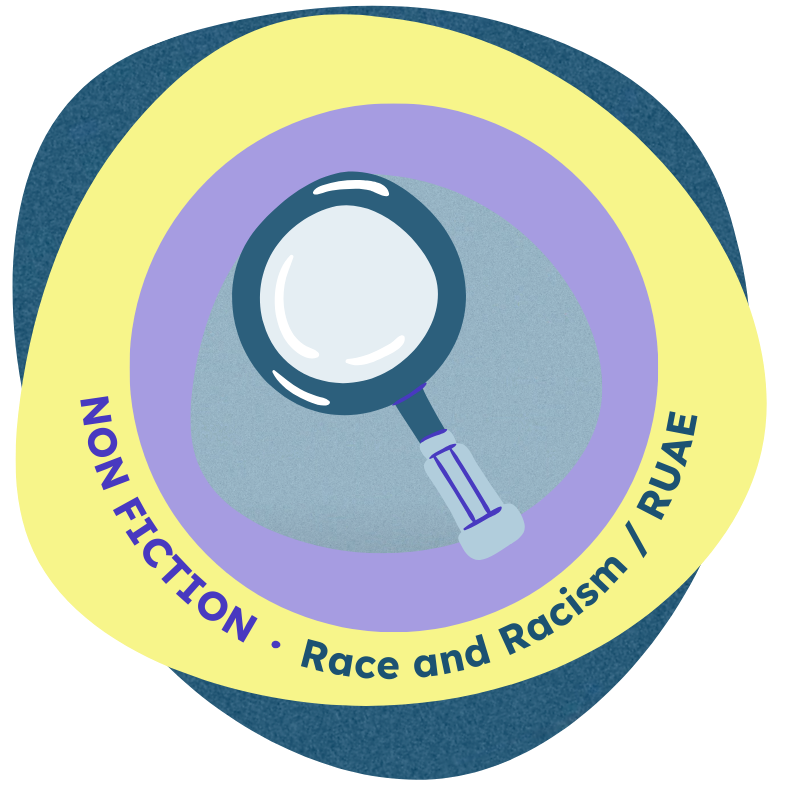
-
Important documents:
Professional reading:
Race and Racism animation
Race and Racism professional reading and reflection
Scotland’s Anti Racism in Education Programme
Signposts Anti-racist Education Guide for Teachers
Primary: Practical Guidance: Anna Freud - Helping Young Children to think about Race
-
Learners will use a picture book to think about different racialised identities that people hold, celebrating differences and reflecting on their own racialised identity.
Download 1st level PPT (designed to complement the PDF)
-
Learners will read an article about the Scottish Government’s new guidelines for schools about hair coverings and hairstyles and consider different forms of racial discrimination and ways these present in our society.
Download 2nd level PPT (designed to complement the PDF)
-
Learners will analyse articles and carry out an RUAE activity about the Stephen Lawrence case. Discussions will explore different types of racism: interpersonal, internalised, institutional and structural and ways these present in our society and events.
Download 3rd level PPT (designed to complement the PDF)
-
Learners reflect on Chimamanda Ngozi Adichie’s TED Talk about the dangers of presenting people and places as a single story which go on to become the presumed truth. They consider how those with power hold the ability to define and shape the stories of people and places by making decisions about how they are told, who tells them, when they are told, and how many are told.
Download 4th level PPT (designed to complement the PDF)
This theme explores and develops understanding around the social construct of race and topics of racism and anti-racism. It aims to empower learners to talk openly, expressing ideas, asking questions and breaking down misconceptions. The activities support all learners to develop an understanding of themselves in relation to their race, within the society they live in, and to understand their own racial identity.
By learning about race and racism, and developing a sense of one’s own racial identity, learners will feel empowered to recognise race and call out and stand up to racism when they witness it. They will learn to explore and interrogate what role race and racism plays in situations and how it affects their own life, their communities and people around them.
Non Fiction/RUAE
Race and Racism
Anti-Racist Curriculum Principles
Our children and young people will: learn the difference between individual and systemic racism, their impacts, and how they intersect or connect with other types of injustice.
Article 2: The right to non-discrimination
Article 28: The right to education
Article 29: The goals of education
